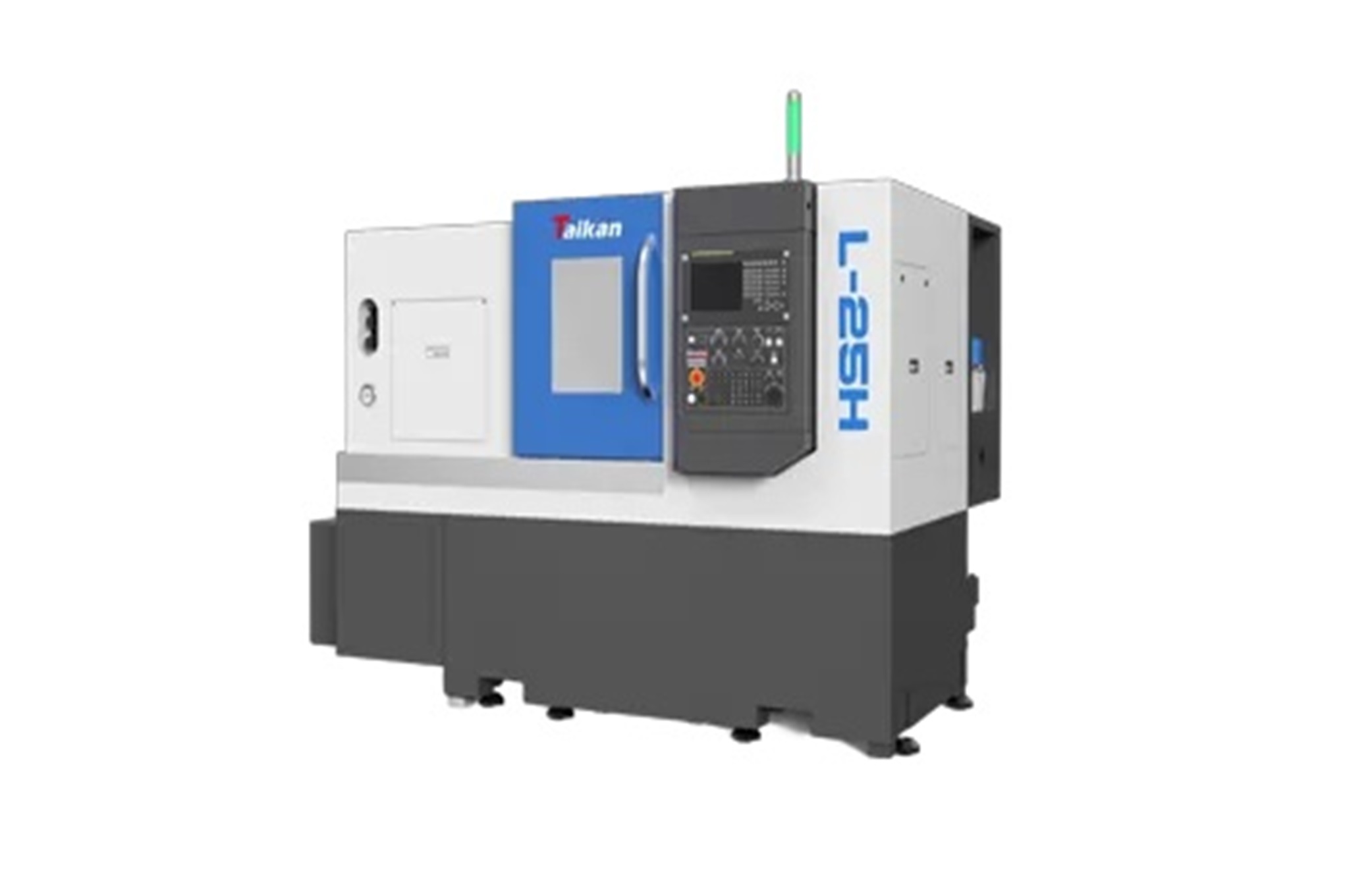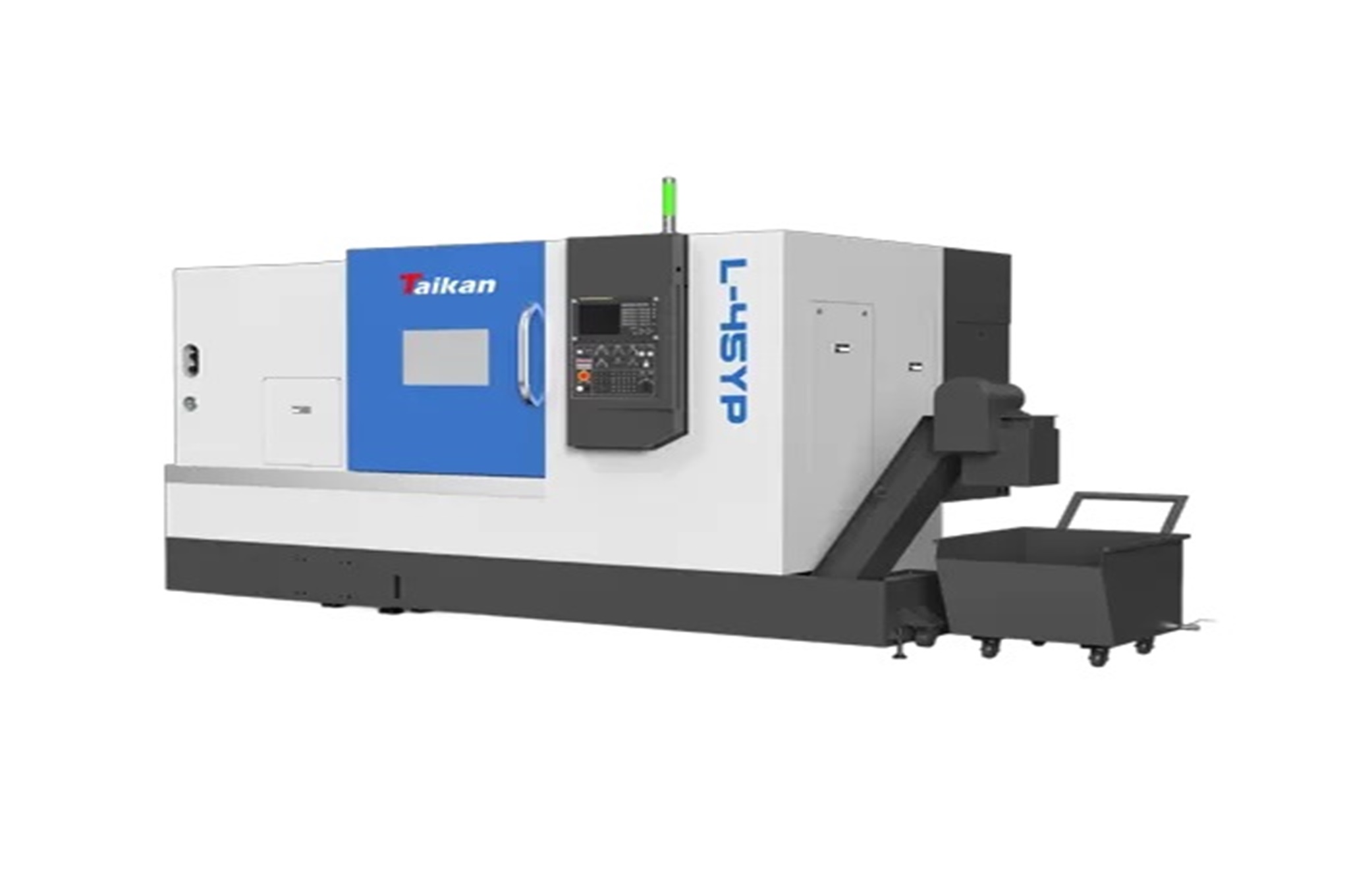In the realm of machining, the evolution from traditional lathes to advanced CNC Turning Centers stands as a testament to technological progress aimed at improving efficiency, precision, and capability. Whether you're a novice exploring the vast world of CNC machinery or a seasoned professional considering an upgrade, understanding the nuanced differences between CNC Turning Centers and traditional lathes can be pivotal. This in-depth guide will explore enhanced features, multi-tasking abilities, production speed, investment value, and how to transition effectively. Embrace the revolutionized world of machining as we delve into the attributes that define each machine, empowering you with the knowledge to make informed decisions for your manufacturing needs. Whether you're interested in a CNC lathe machine for sale or evaluating a 5 axis CNC machine, this comparison will guide your choices.
Enhanced Features
CNC Turning Centers and traditional lathes differ significantly in terms of features. While lathes have been the cornerstone of machining for centuries, the turning center introduces several enhancements designed to increase efficiency and precision. These machines are equipped with integrated CNC machining centres that are capable of performing intricate operations with minimal human intervention.
For instance, while a traditional lathe might require manual adjustments and tool changes, a vertical machining center or turning center can automate these processes, reducing downtime and error. Additionally, the integration of high precision CNC machining allows for consistency in production, which is crucial for industries such as aerospace where specifications are stringent. The turning center features advanced programming capabilities that can accommodate complex shapes and additional parts, such as CNC vmc and horizontal lathe components.
Table:
Machine Type | Key Features | Industry Use |
Turning Center | Automatic tool change, programmable, multi-axis | Aerospace, Automotive, Medical |
Lathe | Manual operation, single-axis | Metalworking, Woodworking |

Multi-Tasking Abilities
The ability to perform multiple tasks without needing additional machinery is a significant advantage of CNC Turning Centers over traditional lathes. This capability is particularly beneficial in CNC aerospace machining, where precision and efficiency are paramount. A five axis CNC machine or a vertical CNC machine can carry out several processes like turning, drilling, and even minor CNC engraving tasks simultaneously, which can massively reduce production time.
In contrast, lathes are generally limited to turning operations, which significantly restricts their versatility. For manufacturers where floor space is at a premium, such as those using a machining center horizontal or vertical turning lathe, CNC Turning Centers offer a compact solution to achieve multi-tasking without compromising the quality or precision of the end product.
Having a versatile machine, like a CNC engraver machine, means fewer fixtures and setups, which can translate directly to cost savings in terms of time and labor. Furthermore, CNC Turning Centers have the potential to integrate with larger workshops using linked CNC vertical machining center and CNC horizontal mill setups, enhancing overall productivity.
Production Speed
Speed is a critical factor in choosing between a turning center and a traditional lathe, especially in high-demand industries. CNC Turning Centers, with their advanced CNC machining center capabilities, offer a significant boost in production speed by minimizing set-up times and tool changes. This reduction in cycle times is beneficial when producing large quantities of parts, making machines like the CNC turning center or swiss lathe indispensable in a fast-paced production environment.
Traditional lathes, while efficient in their own right, tend to lag in terms of speed due to manual operations and tool adjustments. For companies eager to decrease their time to market, opting for a 5 axis CNC machine for sale from a reliable source can be a game-changer. High-speed spindles and smarter tooling options allow CNC Turning Centers to perform bulk manufacturing with precision unmatched by their traditional counterparts.

Investment Value
Investing in machinery is a significant decision that influences the entire operational capacity of a manufacturing business. CNC Turning Centers, although typically more costly than traditional lathes, provide advanced features that often yield a higher return on investment in the long term. The automated operations of CNC Turning Centers decrease labor costs and increase throughput, which compensates for the initial outlay.
When considering an investment in a turning center or traditional lathe, understanding the long-term benefits is essential. Companies like taikan CNC offer comprehensive solutions for businesses seeking to increase their output with minimal overhead. For precision-focused fields, particularly those involving CNC aerospace machining, the precision and versatility of CNC Turning Centers can result in substantial quality improvements.
The CNC machine price might initially seem daunting, but the long-term savings in maintenance, labor, and increased productivity will often justify the investment. Companies interested in expanding their machining capabilities can explore custom CNC lathe and milling machine options that meet specific operational needs while maximizing investment value.
Transition Tips
Transitioning from traditional lathes to CNC Turning Centers requires careful planning and consideration. Education and training play a vital role in ensuring that the workforce is equipped to handle advanced machinery. Investing in comprehensive training programs that focus on new software and machining techniques can facilitate a smooth transition.
Evaluating the specific needs of your production line is also crucial. High-volume manufacturers, particularly those dealing with CNC machining aerospace parts, should consider factors such as production speed, accuracy, and customization capabilities when making a transition. Partnering with trusted suppliers like China CNC machine manufacturers can provide access to durable, cost-effective solutions.
Finally, maintaining an open mind regarding technological advancements will aid companies in fully leveraging the capabilities of CNC Turning Centers. By keeping abreast of the latest trends in CNC vertical milling machine technology and innovation, businesses can make informed decisions that align with their long-term objectives.
Conclusion
The choice between a turning center and a traditional lathe is one of significant importance, driven by necessities specific to your manufacturing landscape. Understanding the enhanced features, multi-tasking abilities, production speed, investment value, and transition strategies enables you to harness the full potential of advanced CNC machinery. By prioritizing these facets, your business can achieve remarkable efficiency, accuracy, and productivity.
As technology continues to evolve, the capabilities of CNC Turning Centers will expand, offering even more sophisticated solutions to complex machining challenges. Stay informed, seek out expertise, and embrace the innovations that CNC Swiss Lathe and similar technologies bring to the table. Your journey in the machining world is one of continual learning and adaptation.

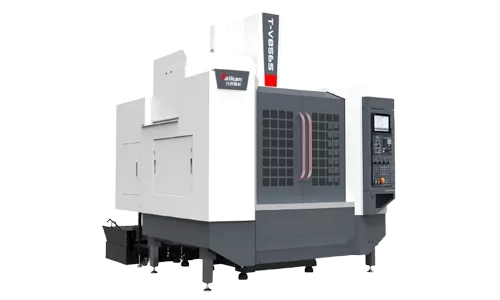
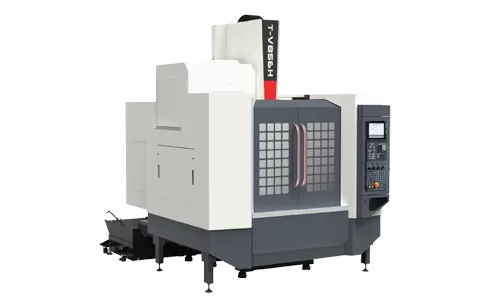
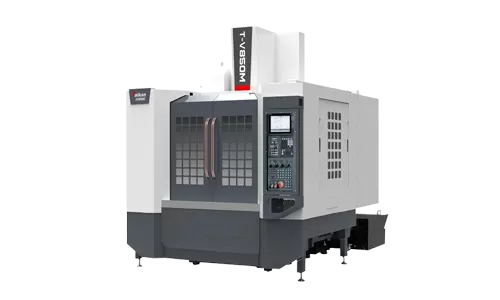
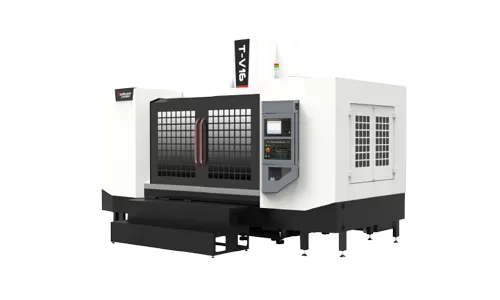

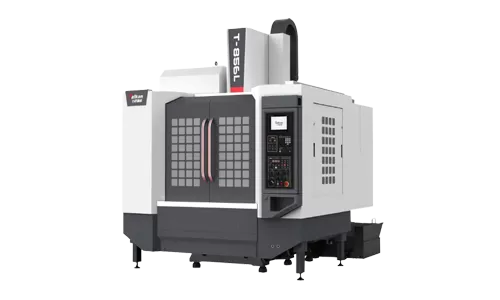

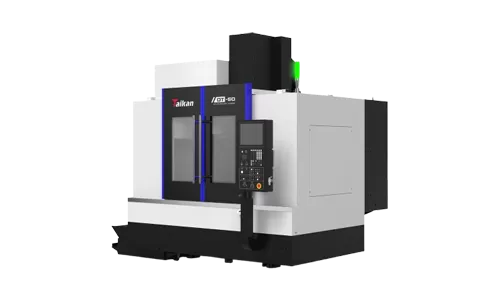

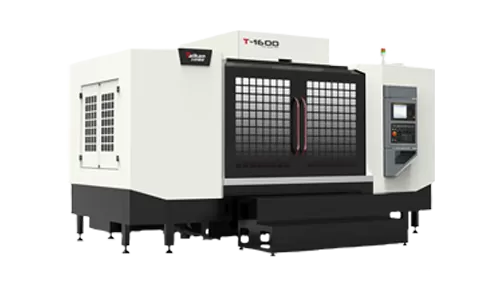
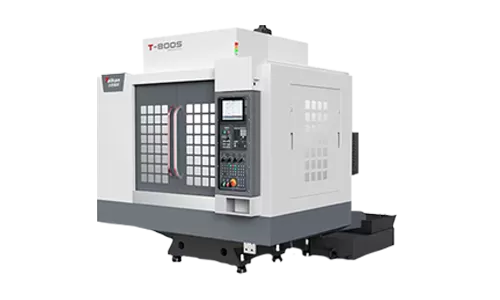
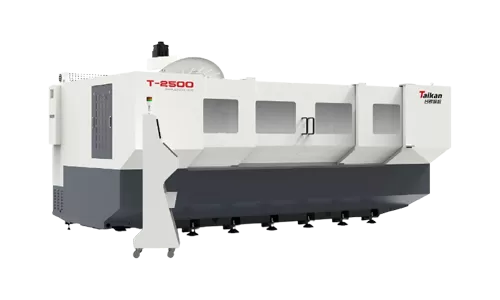


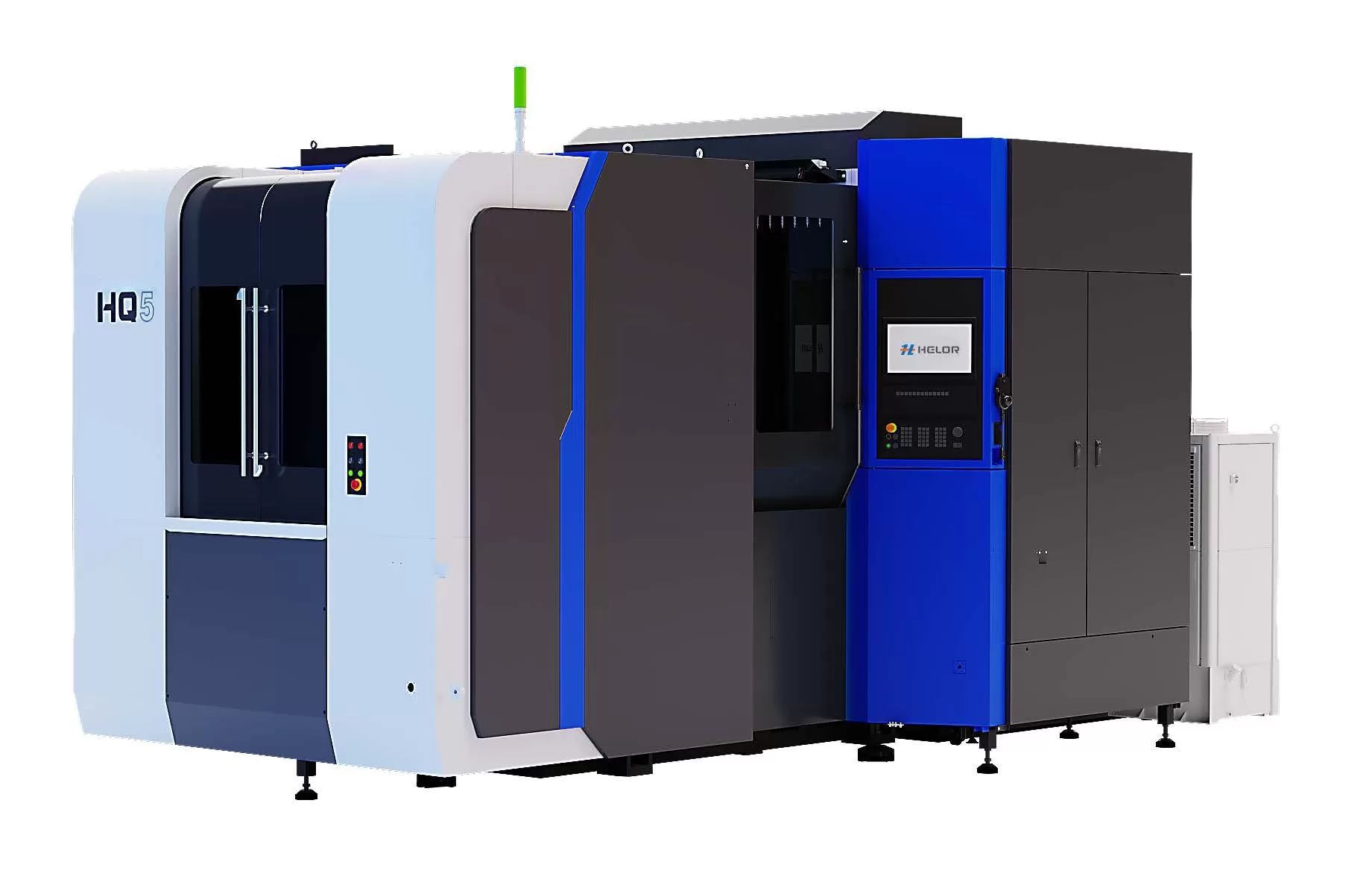
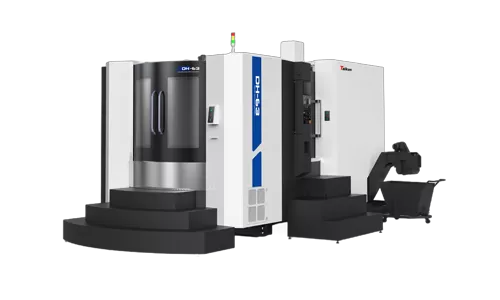

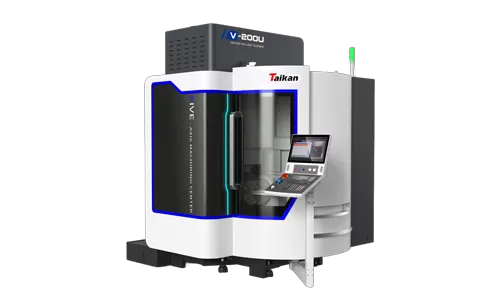
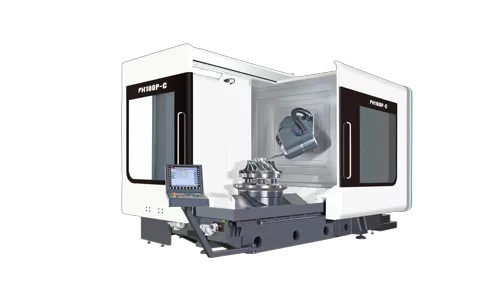
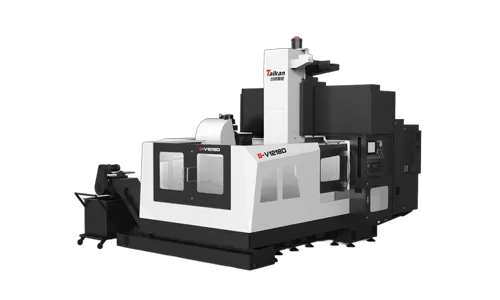
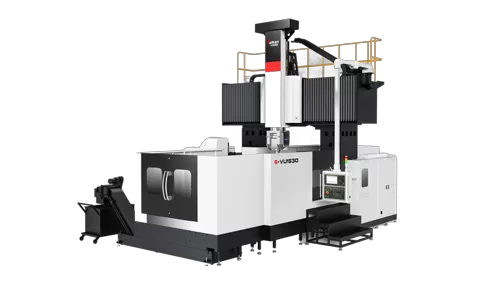

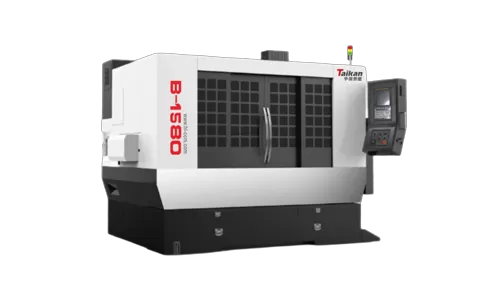

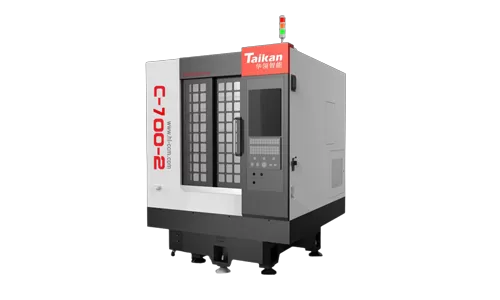
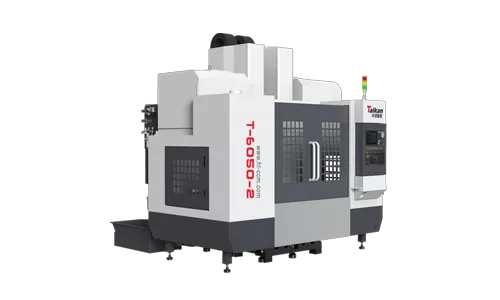
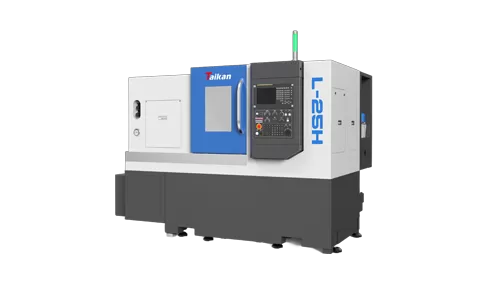



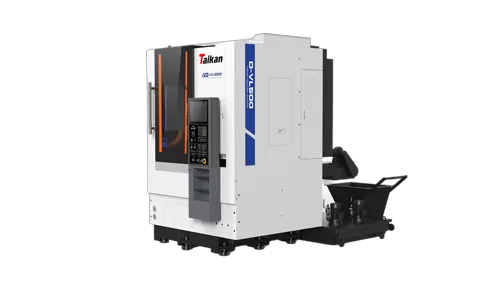
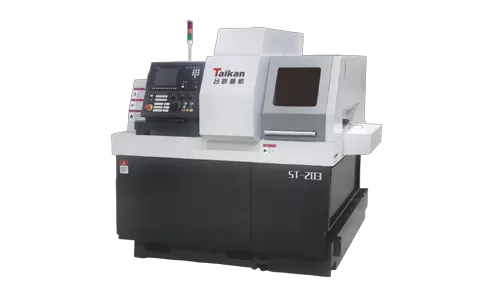
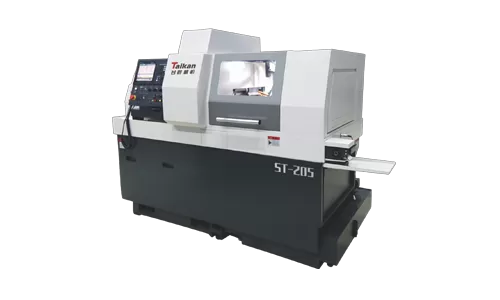
 Vertical Machining Center Drilling and Milling Machining Center Profile Machining Center Horizontal Machining Center 5-Axis Machining Center Gantry Machining Center CNC Multi-Head High-Speed Machining Center CNC Lathe CNC Swiss-Type Automatic LatheS series Standard Edition with 3-Axis Linear Guide Rails H Series Advanced Edition with 3-Axis Linear Guide Rails M Series Excellent Rigidity T-V Series Light Cutting W Series Hub Machining L Series Two Rails and One Hard Rail T Series 3-Axis Hard Rail DT Series High Precision Vertical Machining CenterB Series Drilling & Milling Machining Center S Series Drilling & Milling Machining Center SE Series Drilling & Milling Machining CenterT Series Moving Column Type & BT30 (Tilt-Disc Tool Magazine) V Series Moving Column Type & BT40 (Tilt-Disc Tool Magazine)T-H11 Horizontal Machining Center HQ5 High Rigidity Horizontal Machining Center DH-63 Horizontal Machining Center DH-100S Horizontal Machining CenterG-V Series 3-Axis Linear Guides G-VU Series 5-Axis Gantry Machining Center G-BU Series Bridge 5-Axis Gantry Machining CenterSingle-Head High-Speed Engraving Machining Center Multi-Channel High-Speed Machining Center Multi-Head High-Speed Engraving Machining Center Multi-Head Vertical Machining Center
Vertical Machining Center Drilling and Milling Machining Center Profile Machining Center Horizontal Machining Center 5-Axis Machining Center Gantry Machining Center CNC Multi-Head High-Speed Machining Center CNC Lathe CNC Swiss-Type Automatic LatheS series Standard Edition with 3-Axis Linear Guide Rails H Series Advanced Edition with 3-Axis Linear Guide Rails M Series Excellent Rigidity T-V Series Light Cutting W Series Hub Machining L Series Two Rails and One Hard Rail T Series 3-Axis Hard Rail DT Series High Precision Vertical Machining CenterB Series Drilling & Milling Machining Center S Series Drilling & Milling Machining Center SE Series Drilling & Milling Machining CenterT Series Moving Column Type & BT30 (Tilt-Disc Tool Magazine) V Series Moving Column Type & BT40 (Tilt-Disc Tool Magazine)T-H11 Horizontal Machining Center HQ5 High Rigidity Horizontal Machining Center DH-63 Horizontal Machining Center DH-100S Horizontal Machining CenterG-V Series 3-Axis Linear Guides G-VU Series 5-Axis Gantry Machining Center G-BU Series Bridge 5-Axis Gantry Machining CenterSingle-Head High-Speed Engraving Machining Center Multi-Channel High-Speed Machining Center Multi-Head High-Speed Engraving Machining Center Multi-Head Vertical Machining Center
 es
es  pt
pt  ar
ar  tr
tr  fr
fr  de
de  it
it  th
th  vi
vi  pl
pl  ms
ms  hi
hi  id
id  kk
kk 


